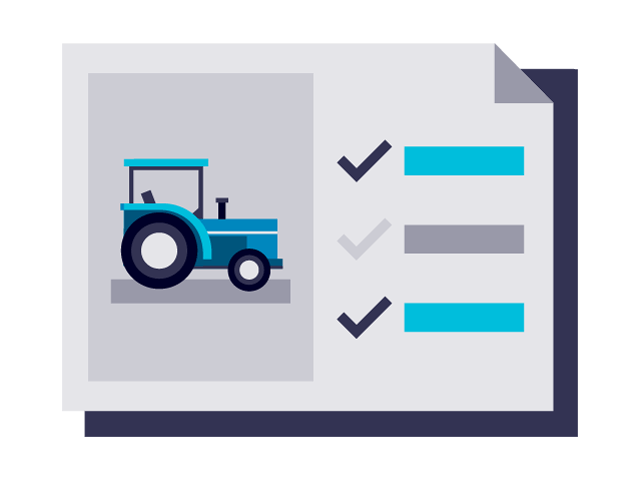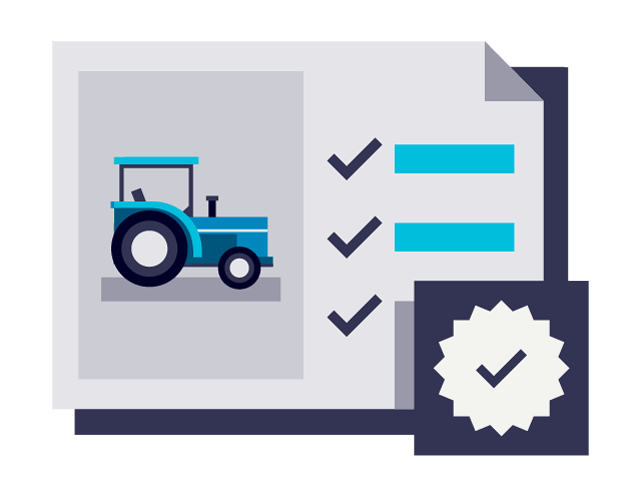Créer des produits conformes dès la conception
Les produits axés sur les exigences ne doivent pas être gérés indépendamment. Les exigences doivent être incluses dans les décisions quotidiennes de développement.
Intégrez les exigences au cycle de vie des produits
L'intégration des exigences se fait pour tous les aspects du développement de produits (configuration, modifications et flux de travail compris). Pour une traçabilité complète, liez les exigences aux tâches du programme PLM, aux cas de test, aux processus de fabrication et aux chaînes logistiques. Découvrez et résolvez rapidement les problèmes de non-conformité grâce à une traçabilité mondiale.

Améliorer la qualité des exigences
Selon les analystes, environ 50 à 80 % des problèmes liés aux produits en aval découlent d'exigences incorrectes. Pour réussir, il est nécessaire de repérer et résoudre rapidement les problèmes de qualité des exigences. L'intelligence artificielle (IA), les meilleures pratiques de l'industrie et le traitement du langage naturel (NLP) facilitent le repérage des problèmes d'exigences avant qu'ils ne deviennent des problèmes de produits coûteux.

Bouclez la boucle avec des spécifications vérifiées en permanence
La simulation intégrée et le contrôle physique offrent une preuve continue de la conformité. La vérification de la conformité doit s'effectuer en continu, tout au long du cycle de vie du produit. Les exigences au sein du PLM rejoignent le processus continu de vérification de la conformité des exigences en boucle fermée.

Siemens Healthcare

Improved requirements engineering drives new product development for medical device maker
Société:Siemens Healthcare
Secteur d'activité:Équipements médicaux et pharmaceutiques
Lieu:Tarrytown, United States
Siemens Software:Teamcenter
